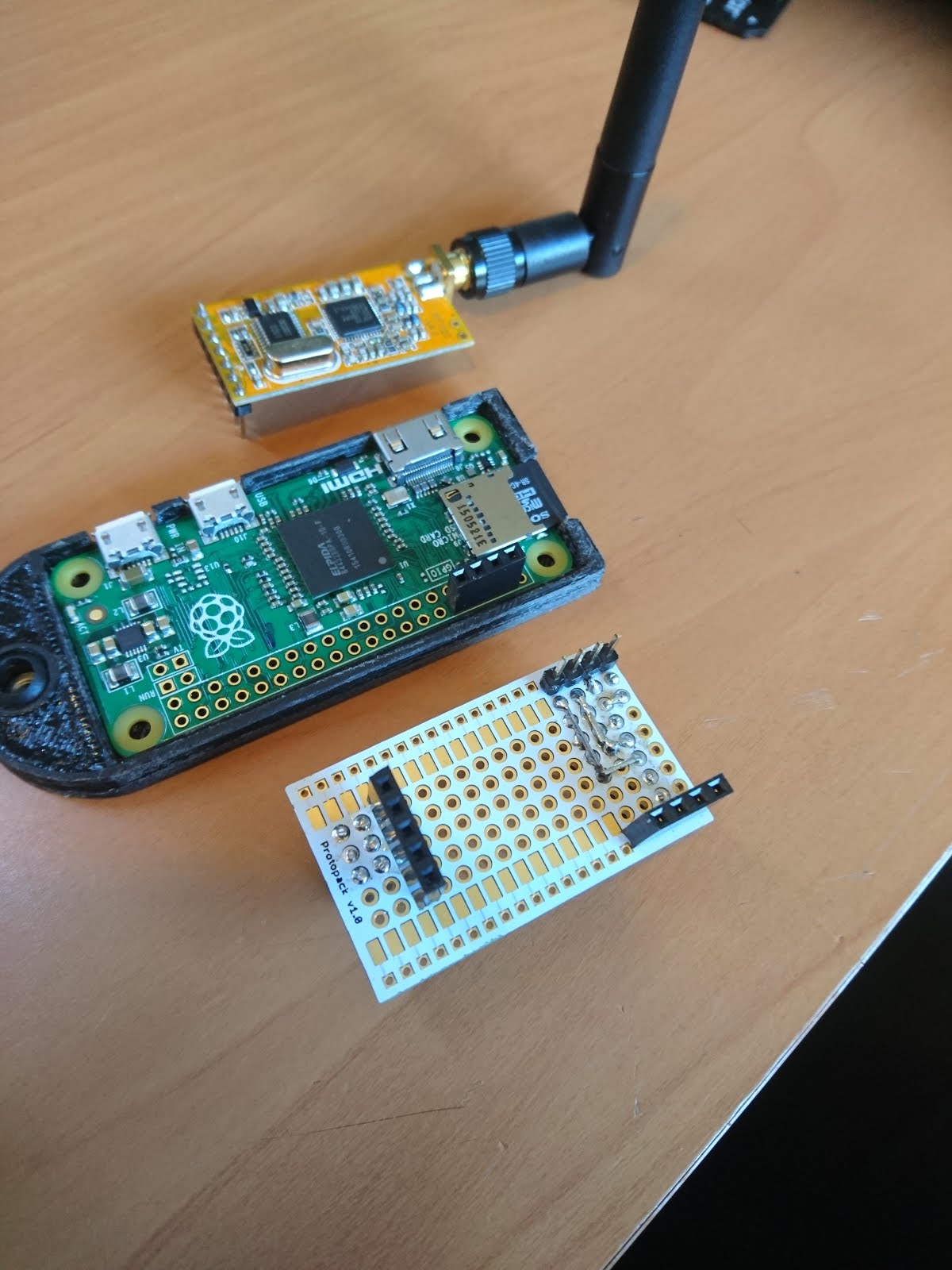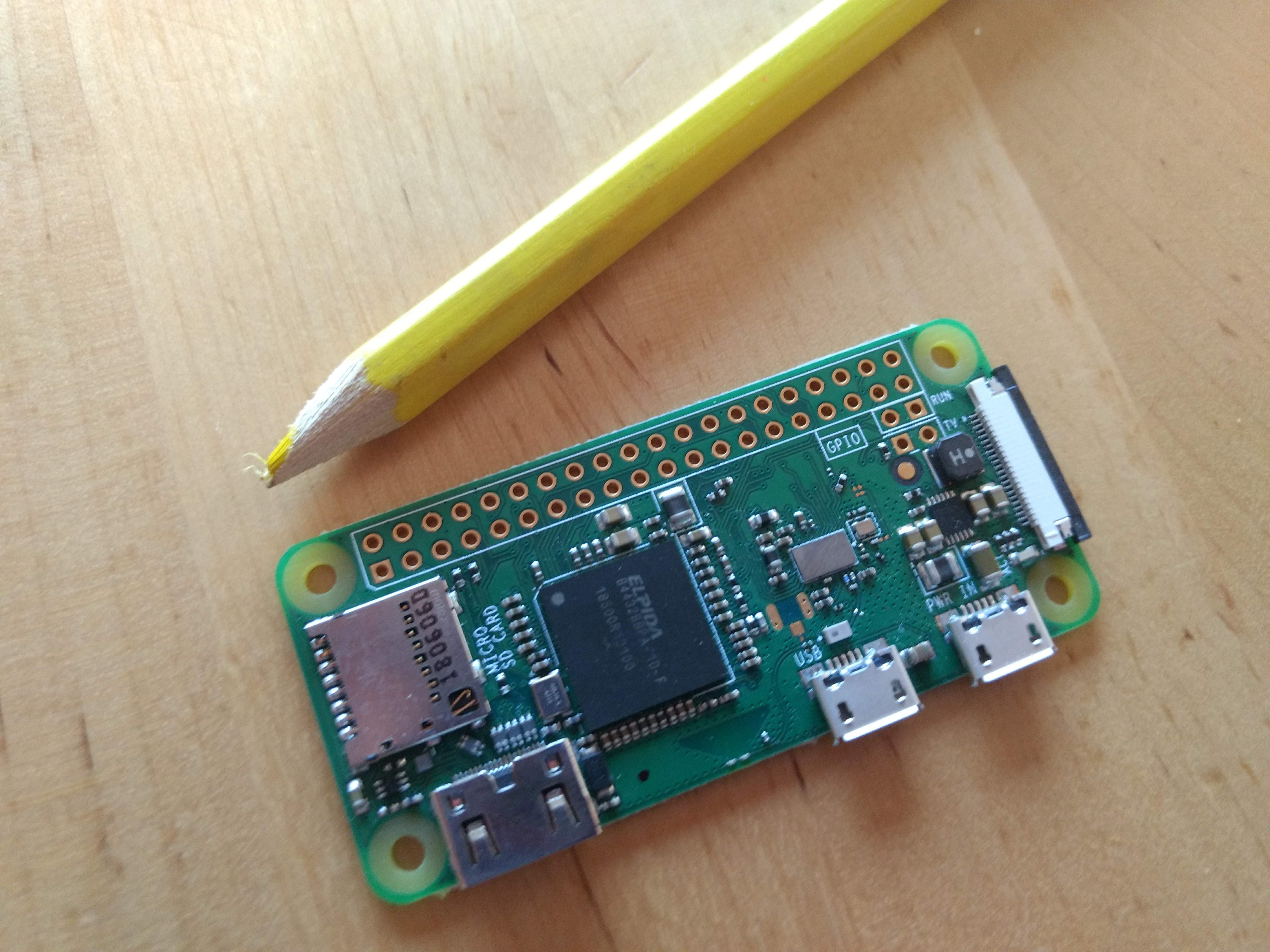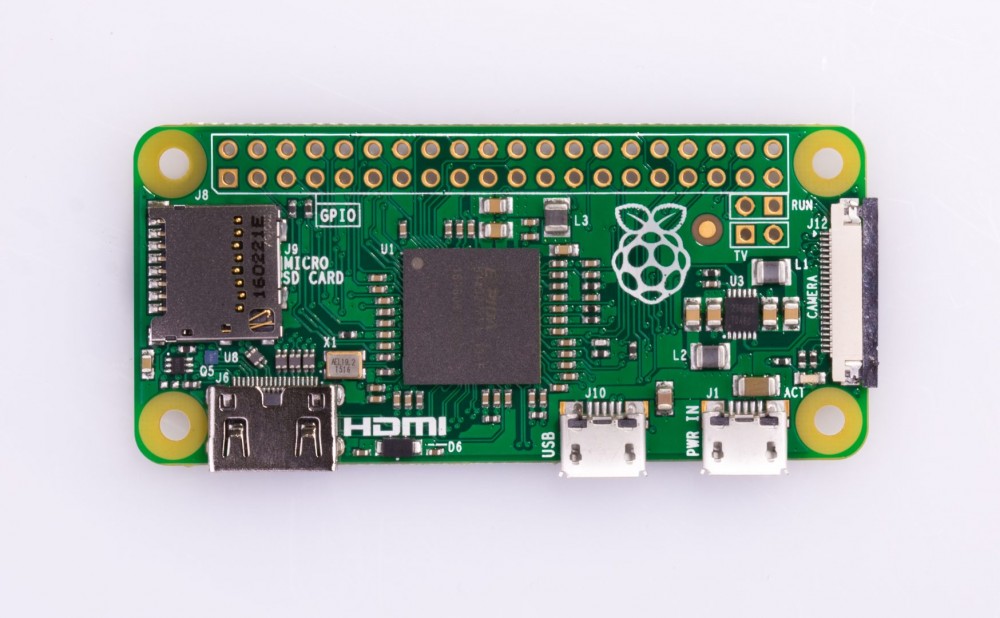
Etcher should have unmounted (ejected) the SDHC, if it has not, make sure that you remove it safely. Etcher will flash and verify the file, reporting any errors encountered. This process can take several minutes so go get a cup of tea. Select the SDHC card which Etcher should have identified for you – CAUTION: make sure that you select the correct card as it willbe completely over-written. Start Etcher and select the image file, in our case it was “-raspbian-jessie.img”. for this we recommend Etcher which makes the job very easy and clear. The expanded image file should now be flashed into the micro-SDHC. We suggest that for headless applications the latest Raspian JESSIE LITE zip image is sufficient, download it from HERE.Įxpand the zip file into a separate folder, we suggest using 7zip but your favourite application should suffice. This is not necessary as it assumes that you will use the graphical interface to perform setup.

The instructions found in the MagPi magazine suggested downloading the full Raspian PIXEL image. You will need a micro SDHC card with at least 8GByte capacity, we suggest a fast 16Gbyte card rated at Class 10 minimum. Connect to the Zero W using ssh over the local WiFi network.

Modify the boot code (don’t worry – its not complicated!).Flash the modified Raspian image to SDHC.

This brief tutorial describes a completely headless setup that does not require the extra hardware and can be performed over the local Wi-Fi network. This is because in order to activate the Wi-Fi connection, the simplest way is to use a keyboard, mouse and screen which potentially defeats the object of the Zero W! However, order to get a Zero W up and running is not quite as simple as it could be. The new Rapberry Pi Zero W released last month is a major step forward for so-called “headless” or standalone controllers.


 0 kommentar(er)
0 kommentar(er)
